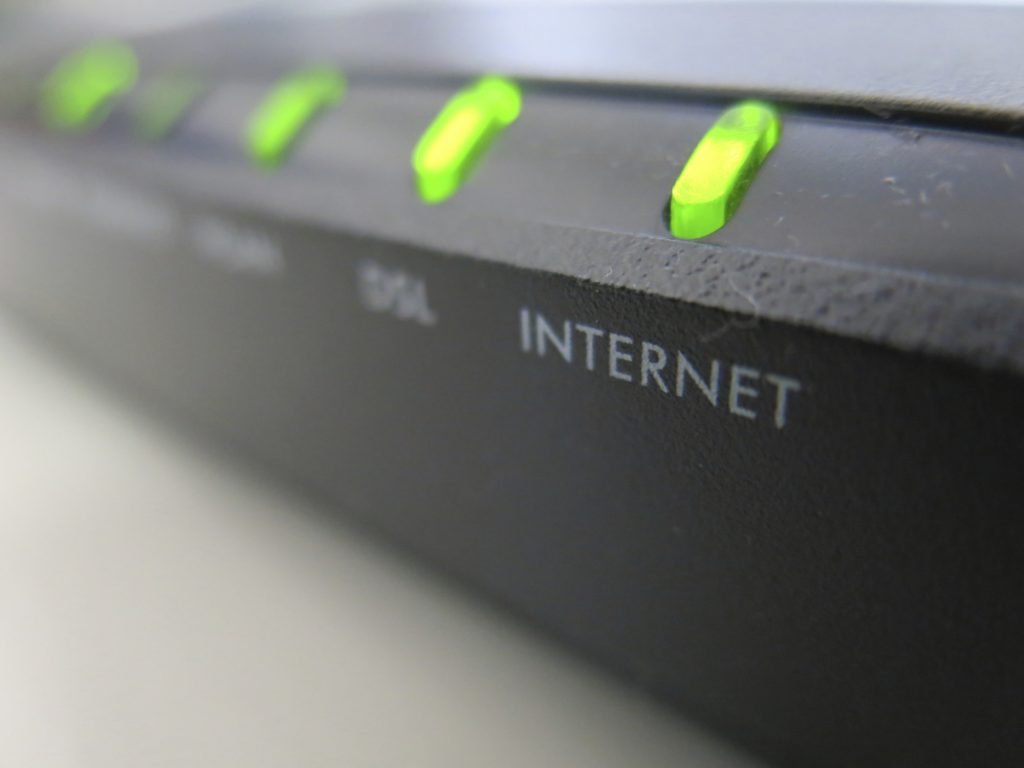

Why didn’t you cover AT&T U-verse or Verizon Fios in last weekend’s column about renting or buying cable modems?
A. Neither of those fiber-optic services have anything to do with cable — they’re both run by companies that began life as telephone firms, and both were built on top of the phone infrastructure, not cable operators’ separate networks.
But after getting enough e-mails asking about those two, I had a second thought: Who cares? In a broader sense, U-verse and Fios — each deliver Internet, TV and phone service as pulses of light traveling along thin optical cables — are properly seen as functional equivalents of cable that provide the same trio of telecom products.
In the (too few) markets in which they and other fiber services exist, customers can switch between them and the local cable company without fear of losing out on anything major. Phone-based digital-subscriber-line service is more widely available, but generally can’t carry TV.
Plus, AT&T and Verizon’s fiber services provide some interesting contrasts with how cable handles the hardware required in a customer’s home to make the connection work. And in AT&T’s case, it’s not a flattering comparison.
While most cable operators let you buy or rent a cable modem, U-verse customers no longer have that choice. Starting in January of 2015, it began requiring a $7/month fee for its WiFi “residential gateway” — even, users have complained, if they’d already been using a purchased modem for years.
The only way to escape this fee appears to require living in one of the markets in which AT&T sells its gigabit fiber service, then going with its default option of having your Web browsing tracked as part of the Dallas company’s “Internet Preferences” advertising system.
AT&T did not answer questions about why it made this change or why it hasn’t since folded this mandatory $7 charge into its advertised rates.
A different situation prevails with AT&T’s DSL, which invites subscribers to that slower service to buy a variety of modems (some with wireless networking included) at prices from $75 to $100.
Verizon, meanwhile, lets its Fios subscribers choose between purchasing a WiFi gateway for $199 or renting it for $10 a month. And if you only get local television stations through Fios or don’t include TV in your package at all, you can use any standard WiFi router — something I’ve done for over a decade.
Verizon DSL, in turn, has no equipment-rental fee either; you either buy a modem from the New York firm or from the supplier of your choice.
At another major DSL provider readers asked about after last week’s column,CenturyLink, you can rent a modem from that Monroe, La., company for $10 or purchase it for $200. Or you can buy a compatible model from anywhere else.
As I wrote here last week, your choice is clear: Unless you’re likely to move in the next year, renting the modem or gateway doesn’t make financial sense. These devices have no moving parts to wear out or batteries to decay — my own wireless router has been in service since September of 2012 — and should in general be the most reliable part of your Internet connection.
If, however, your Internet provider doesn’t give you any such choice, its device fee will be one of the most reliable parts of your telecom bill.
[Source:- USAtoday]




